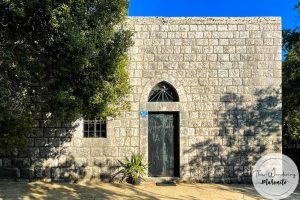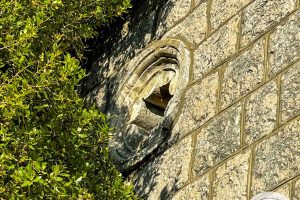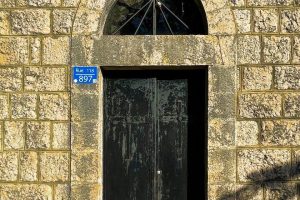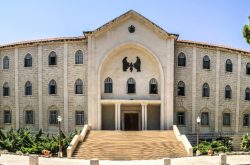Overview
Map
Other Details
كنيسة مار يوسف
Aachqout
Keserwan
Mount Lebanon
كنيسة مار يوسف - عشقوت كنيسة مار يوسف في محلّة جبل عشقوت، تم تشييدها سنة ١٩٢٦. الكنيسة وقف لآل موسى بنوها لبُعد مساكنهم عن البلدة. الكنيسة صغيرة عبارة عن عقدٍ مصالبٍ، إختبأ فيها الفراريّة خلال الحرب العالميّة الثانية. The Church of St. Joseph - Ashqout The Church of St. Joseph is located in the mountains surrounding Ashqout and was built in 1926 as a private chapel for the Moussa family. They built it because their homes were far away from the village center. The church is a small crossed vault and housed fleeing outlaws during World War II.
Visited 2392 times, 2 Visits today















Reviews are disabled, but trackbacks and pingbacks are open.